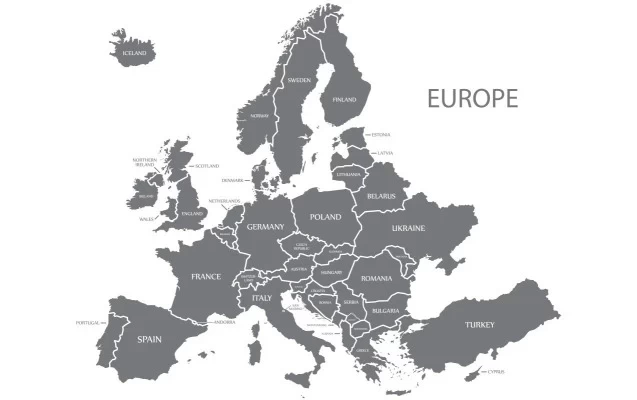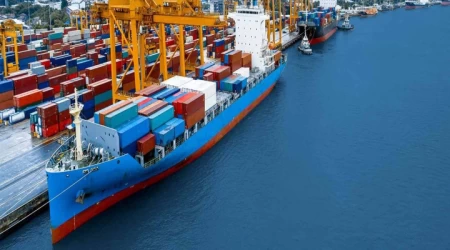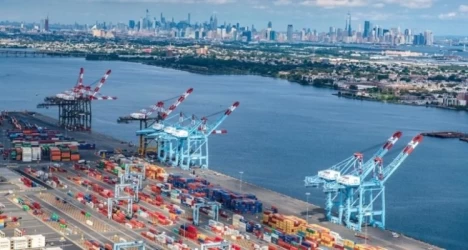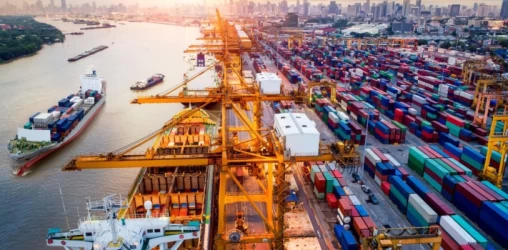Guide to Trade with Europe, Sea Transportation
Trading with Europe via sea transportation is a crucial aspect of global commerce. Europe, with its extensive coastline and numerous ports, serves as a significant hub for international trade. This guide aims to provide a comprehensive overview of the key considerations, routes, and best practices for trading with Europe using sea transportation.
Importance of Sea Transportation
Sea transportation is the backbone of global trade, accounting for approximately 90% of the world’s goods transported. It is cost-effective, capable of handling large volumes, and essential for connecting distant markets. For Europe, sea transportation is particularly vital due to its strategic location and access to major shipping routes.
Major European Ports
Europe boasts several major ports that facilitate international trade. Some of the most significant ones include:
- Port of Rotterdam (Netherlands): The largest port in Europe, known for its advanced infrastructure and high efficiency.
- Port of Antwerp (Belgium): A major gateway for goods entering and leaving Europe, particularly known for its petrochemical industry.
- Port of Hamburg (Germany): One of the busiest ports in Europe, crucial for trade with Asia and the Americas.
- Port of Valencia (Spain): A key port for trade with the Mediterranean and Latin America.
- Port of Le Havre (France): An important port for trade with North America and Africa.
Key Shipping Routes
Several key shipping routes connect Europe with the rest of the world. Understanding these routes is essential for efficient trade:
- Trans-Atlantic Route: Connects Europe with North America, passing through major ports like Rotterdam, Hamburg, and New York.
- Suez Canal Route: Links Europe with Asia, passing through the Mediterranean Sea and the Suez Canal.
- English Channel: The busiest shipping lane in the world, connecting the North Sea with the Atlantic Ocean.
- Strait of Gibraltar: Connects the Mediterranean Sea with the Atlantic Ocean, crucial for trade with Africa and the Americas.
Best Practices for Sea Transportation
To ensure smooth and efficient trade with Europe, consider the following best practices:
- Choose the Right Shipping Partner: Select a reliable shipping company with a strong track record in European trade.
- Understand Customs Regulations: Familiarize yourself with the customs regulations of the European Union and individual European countries.
- Optimize Shipping Routes: Use the most efficient shipping routes to minimize transit time and costs.
- Ensure Proper Documentation: Accurate and complete documentation is essential for avoiding delays and ensuring compliance with regulations.
- Leverage Technology: Utilize advanced logistics and tracking technologies to monitor shipments and improve efficiency.
Challenges and Considerations
Trading with Europe via sea transportation comes with its own set of challenges:
- Regulatory Compliance: Navigating the complex regulatory environment of the European Union can be challenging.
- Environmental Regulations: Europe has stringent environmental regulations that shipping companies must adhere to.
- Port Congestion: Major European ports can experience congestion, leading to delays.
- Geopolitical Risks: Political instability and conflicts can impact shipping routes and trade flows.
Conclusion
Trading with Europe via sea transportation is a vital component of global commerce. By understanding the key ports, shipping routes, and best practices, businesses can optimize their trade operations and ensure efficient and cost-effective transportation of goods. Despite the challenges, the benefits of sea transportation make it an indispensable mode of trade with Europe.
If you have any specific questions or need further details on any aspect of sea transportation for trade with Europe, feel free to ask!











